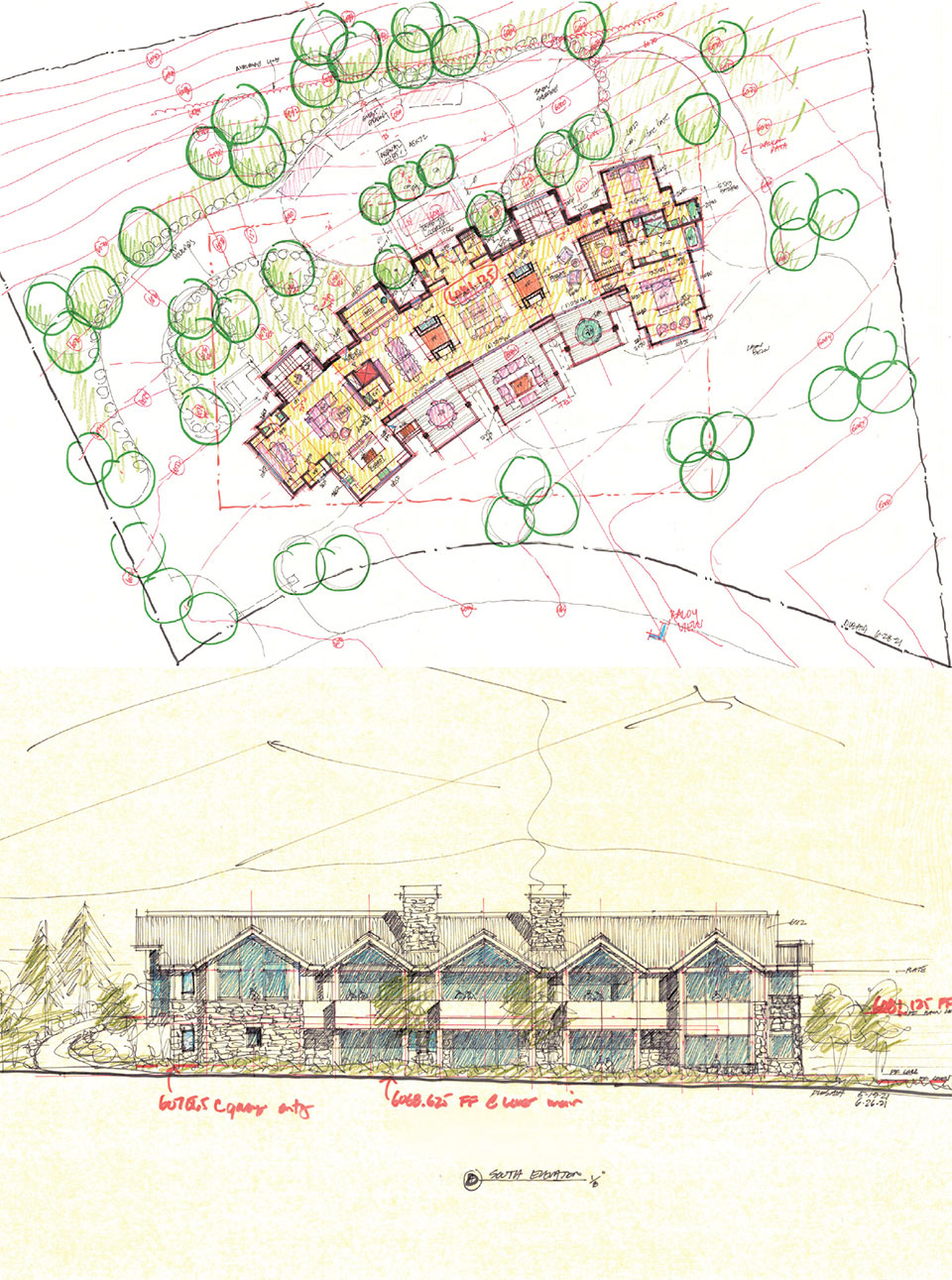Pen to Paper
by Ben Bradley
Over the last two decades, seemingly everything has made the leap from analog to digital. When a question needs an answer or a social connection should be made, we reach for our phones or add Google to a sea of open tabs on our web browser. But when inspiration strikes, nothing can replace the speed and efficiency of paper and pen. Indeed, many celebrated achievements of the last century can trace their origins to ideas originally scribbled into a notebook or scrawled upon the classic cocktail napkin. Writing or drawing by hand still offers the swiftest way for one to transpose raw cerebral inspiration into a real-world game plan.
For renowned architect Doug Burdge, each and every one of his projects, now totaling well over 400 by this point, begins its life as a meticulously detailed sketch. Burdge starts each day with tracing paper, pens, and pencils, and the same enthusiasm for bringing his clients’ visions to life that he had when he began his very first solo project over 35 years ago. While the process that ensues upon the completion of each sketch has changed over the years, the passion Burdge exudes for his craft has only intensified over the course of his career.
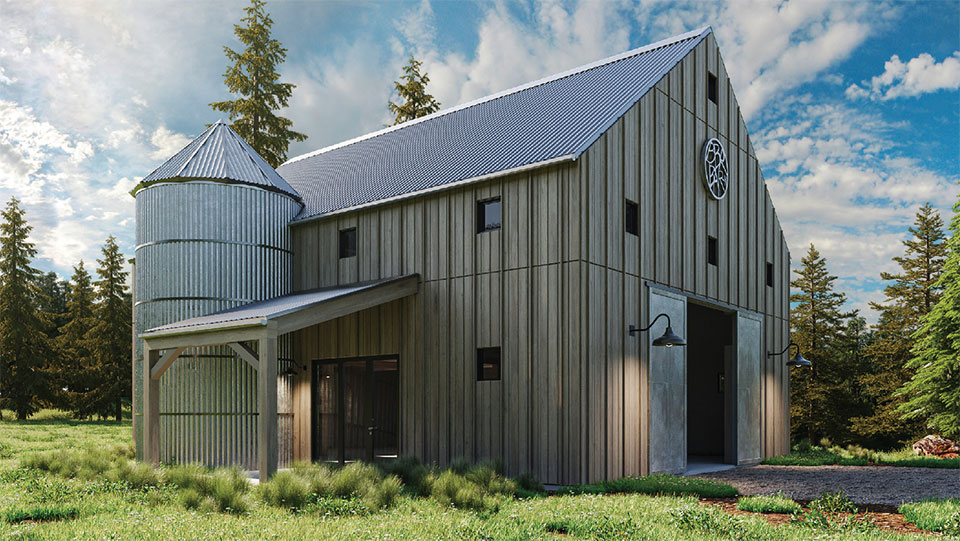
As a native of southern California, Burdge cut his teeth working at his uncle’s architectural firm, where both he and a cousin learned the ropes of commercial architecture. Though he loved the work, Burdge always felt drawn to the intimacy of residential work, and eventually he set out on his own to find endeavors that brought him the most joy.
True to his SoCal roots, he set up shop in Malibu, California. In the early years, Burdge honed his unique approach, refining the lens through which he would view all his future projects. First, Burdge lets the homesite lend critical aspects like views, natural light, and elevations. Then he develops the crux of every project: the floorplan. From there, the style and design come into play, ending with a series of jaw-droppingly perfect sketches that set the execution of the project in motion.
Like any business, the amount of repeat customers gives a pretty good indication of how well you’re doing. By this metric and just about any other, Burdge’s business was thriving. As his clients planned to build additional homes in other locations, they knew Burdge and his team would deliver the same exceptional results. These new projects would lead him further afield from his familiar community of southern California, and Burdge found himself designing homes in the desert of Baja California and extraordinary locations across the American Mountain West.
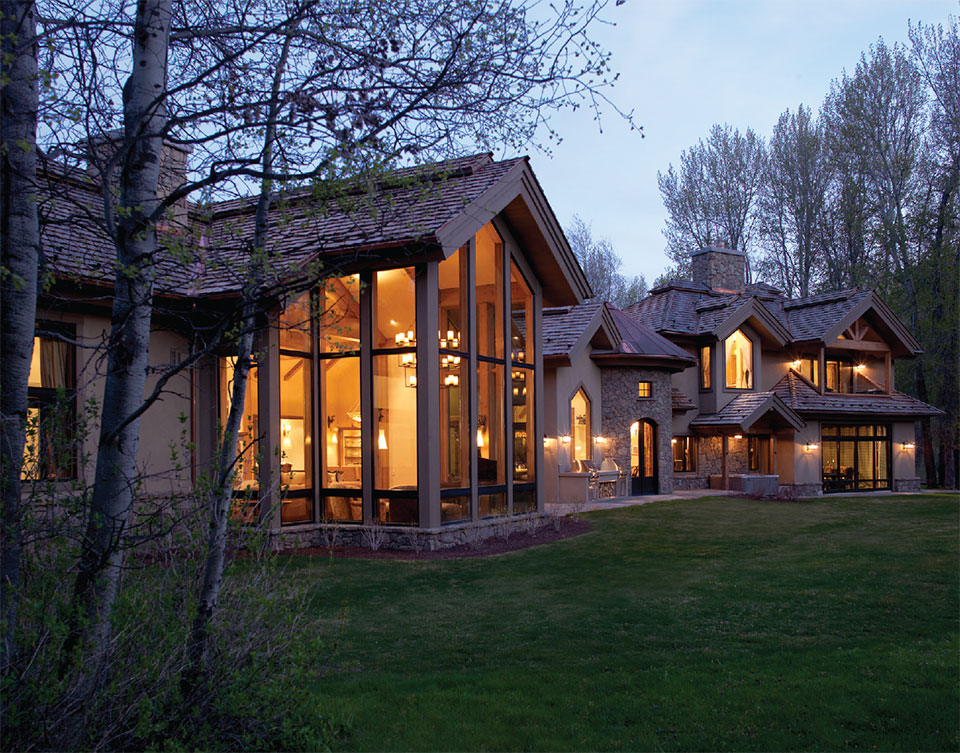
Through this work across widely disparate locations, Burdge exhibited a uniquely broad range of styles in his work. While many architects may have a signature design that influences nearly all their work, potentially limiting the types of projects they take on, Burdge’s architectural eye seems to effortlessly transition and adapt to just about any location, look, or material. The final result always strikes a brilliant balance between honoring the client’s vision and harmoniously integrating into the surrounding landscape.
As Burdge likes to put it, “I go where the work is.” And by the early 2000s, Burdge was splitting time between offices in Cabo San Lucas, Malibu, and his new home base of Sun Valley, Idaho, where a team of five worked to support a multitude of projects across a range of locales, including Montana, Wyoming, and Hawai’i. Burdge and his wife Laura were raising their twin sons Hayden and Reed in the beautiful Wood River Valley, and business was booming. But when the economy took a turn and the recession took hold, the business of designing projects for second homeowners slowed, and he was forced to shutter the Sun Valley office and return to California. “I knew we’d be back in the Wood River Valley at some point,” says Burdge. “We just didn’t know when.”
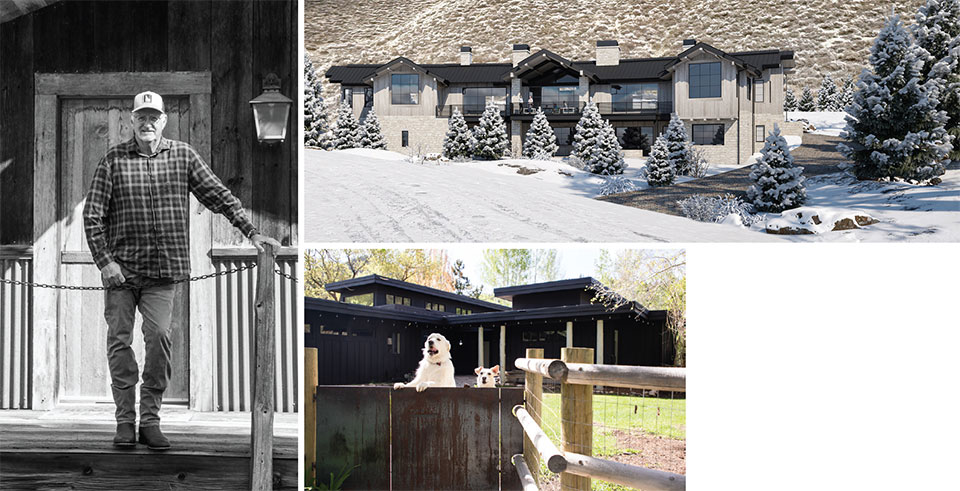
“Architects don’t retire, they just expire.”
–Doug Burdge, Burdge Architects
As a teenager, he spent time with family and friends in Sun Valley, and the magic of the mountains had gotten its hooks into him. The time he and his family spent in Sun Valley as residents only deepened his connections. When the pandemic and other forces brought about another opportunity to move back to the mountains full-time, he and his family wasted little time making their return and are now full-time Idahoans, dividing time between Ketchum and their ranch in Challis. Though he and his family have easily adjusted back into the slower pace of mountain life, Burdge’s work continues to find him, even in the most remote and desolate corners of the Gem State.
In a classic small-town Idaho turn of events, a lawnmower repair provided Burdge with new opportunities to truly test his style range. As Burdge made polite conversation with the man tasked with reviving his mower, he soon discovered that this man was not only mechanically inclined but politically as well and was serving as a Custer County Commissioner. As their conversation carried on, Burdge revealed his profession, sparking a sudden interest in the Commissioner. As fate would have it, Custer County needed a new Courthouse, but he and the other commissioners had struggled to find someone qualified who could jumpstart the project. True to his simple adage, ‘go where the work is,’ Burdge took on his first courthouse. And true to his craft, he delivered highly functional designs that will serve their uses and look perfectly apropos in the rugged, pastoral landscape of Challis. And like all his work, his courthouse design was so well-received that he’s now also tasked with the design of the new Custer County jail and sheriff’s office as well.
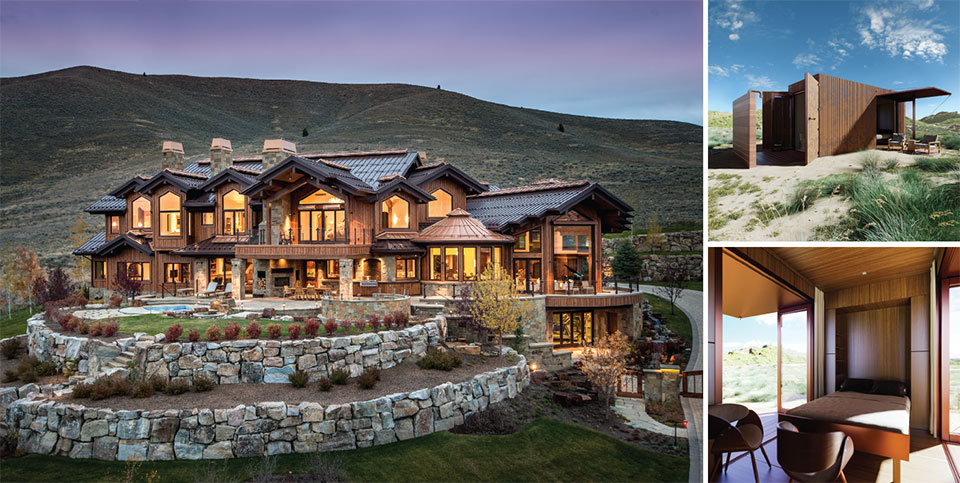
With all that he has done and accomplished in his career, many would assume that retirement is the logical next step, but Burdge insists that an architect’s work never truly stops. “Architects don’t retire, they just expire,” states Burdge earnestly. And it would certainly seem that he has no interest in slowing down. Burdge and his son Reed are looking to open a design-build shop in the Wood River Valley where local artisans and craftspeople can work together to create exceptional work from vision through fabrication. On top of that, he and some partners have been hard at work on a pre-fabricated ADU concept called Buhaus (a Malibu riff on the classic Bauhaus), which adds high-end finishes to utilitarian shipping container living spaces.
In all his projects past, present, and future, Doug Burdge has translated visions into breathtaking realities, each and every one of them starting out first as a deftly drawn sketch. As the sunrise begins each new day, it is a certitude that Burdge’s hands will be sweeping across the tracing paper with the skill and precision of a surgeon, breathing life into his next great design.
